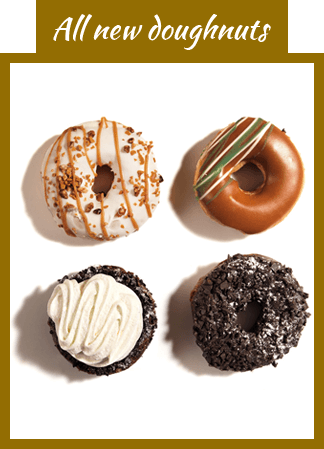Deliveroo’s sudden exit from Australia amid tough economic conditions has left some restaurants with a 10 per cent shortfall in revenue and others further convinced of the perils of relying on third-party delivery platforms.
The Hot Chicken Project in Geelong, which also offers dine-in, has lost 10 per cent of its weekly sales.
“That’s just gone off your balance sheet overnight,” owner and chef Aaron Turner says.

He’s also out of pocket approximately $6,000 for orders taken by Deliveroo between November 13 and 16, and is now in a queue of creditors.
Turner says he trialled other apps but Deliveroo had the greatest market penetration in Geelong so he chose it as his sole delivery provider.
“Being in a market where there’s no real delivery alternative, and people are staying home more, we’re a bit f****d.”

Ghost kitchens like Mesy Burger in Melbourne, a takeaway-only restaurant that sees more delivery riders each day than diners, live and die by the delivery apps.
Deliveroo only made up 5 to 10 per cent of its orders, but Mesy Burger was jolted enough by the company’s shock departure that it’s now accelerated plans to add a dine-in venue.
“We don’t want to be over-reliant on platform partners,” says Irene Ong, Mesy’s marketing and business development manager.
But more than 7 million Australians are now accustomed to meal delivery, with more than half forming the habit in the last two years, according to Roy Morgan data published in August.
Turner has seen delivery continue to grow at each of his fast-casual restaurants, including OK Smash and Tacos Y Liquor, even after lockdown ended.
“You can shout out and try to convince people to come in-store but people are used to that convenience,” he says.

He also believes in the current economy, customers perceive delivery as more affordable than dining out.
It means fast-casual restaurants like his have come to rely on income from delivery orders. An estimated 12,000 restaurants were using Deliveroo prior to November 16.
DoorDash and Menulog are now scooping up Deliveroo’s old customers and restaurant partners with the help of incentives. Mesy Burger is taking advantage.

“DoorDash came knocking on our door straight after [Deliveroo left], offering us lots of campaigns that we could partake in to attract more customers,” says Ong.
Turner has signed up with UberEats and DoorDash in Geelong, but doesn’t expect to fill his 10 per cent revenue hole immediately. Marketing and gaming the app algorithms takes time.
As for bringing delivery in-house, it’s not an easy ask for smaller businesses. Many aren’t able to staff an army of delivery drivers or carry the insurance risks, so they are stuck with third-party apps.

At Greenstreat salad bar, with locations in Wodonga, Brisbane and soon Melbourne, co-owner Jackson McGrath is aware there are pros and cons to using the apps, but doesn’t see delivery going away. The major downside for him is the restaurant’s lack of control over the customer experience.
“You’re told when to make it and when the driver will come to get it, but there’s no guarantee they’ll show up and you don’t know when the customer will get the order.”
He wants the apps to invest more in communications with restaurants to troubleshoot delivery issues, rather than only spending heavily on marketing. He says they’re starting to listen.

Until then, Greenstreat is working on adding delivery to its own app, which currently offers only click-and-collect ordering.
Restaurateur Chris Lucas pulled his restaurants Baby and Hawker Hall off all delivery apps in the wake of Deliveroo’s departure, also citing a lack of control over the product. Lucas’s restaurants sit at the higher end of the delivery market, with a stronger emphasis on dine-in trade.











